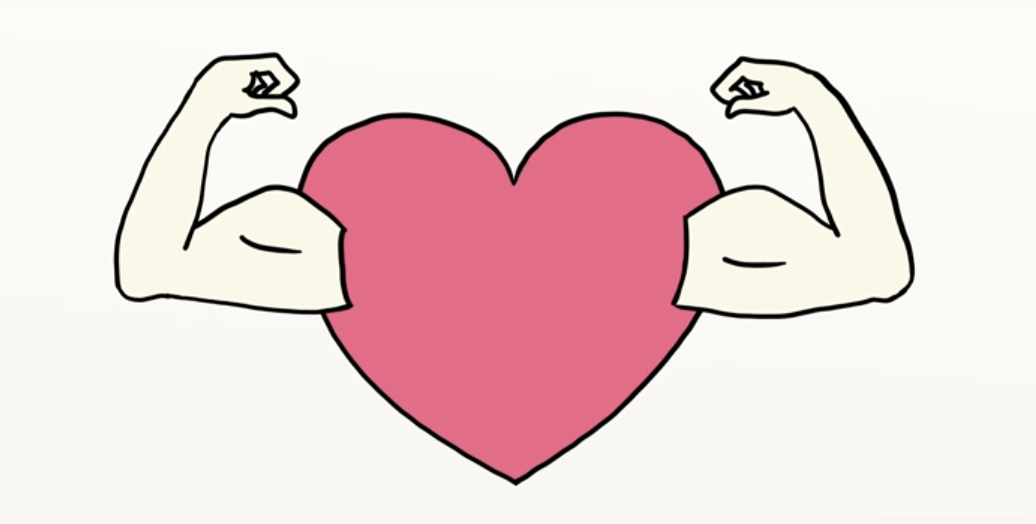Objective
Realize how we can all be active nonviolent participants in our everyday lives, and make positive contributions to a rapidly changing society.
Definition
Nonviolence: a powerful method to harmonize relationships among people (and all of life) for the establishment of justice and the ultimate well-being of all parties. It draws its power from awareness of the profound truth to which the wisdom traditions, science, and common experience bear witness: that all life is one.
Sometimes referred to as ahimsa, nonviolence is not only the absence of violence but something infinitely more: It is when one’s heart is so full—of love, courage, forgiveness, generosity, kindness, and compassion—that there is no room for hatred, resentment, and violence. Nonviolence is love in action.
Nonviolence is a call to: disobey inhumane laws and treaties; obey the law of love; and to repurpose anger so it is expressed under discipline for maximum effect.
Nonviolence is a positive force; it is expressed in the thoughts we have, the words we use, the things we do, the clothes we wear, the food we eat… It is a way of life.
The Skeptical Friend’s Opinions
Nonviolence makes people passive and weak, and it silences them from voicing their demands.
Nonviolence is too slow of a method. We need quick, effective solutions to today’s urgent world issues.
Only some people are able to practice nonviolence. Others have too much anger and frustration to stay calm and loving, and for righteous reasons.
People who claim to use nonviolence are not nonviolent. They seem violent. Why should I be a hypocrite?
Animation
We now recommend that you return to the top of the lesson and watch the video before continuing with the analysis below.
Analysis
Reflect: Describe the video’s main point and provide answers to the Skeptical Friend's opinions.
Brainstorm: Try to apply your inner power to a real-world situation. You may want to consider any memories or thoughts that came to mind as you watched the video. Reflecting on your own experiences in your community, slide into the shoes of a skeptical friend and raise a question that challenges the animation's message. Then, respond to that question from a New Story perspective.
Prepare: Make a list of encouraging phrases to remind yourself of your super powers, so you can turn to them when you feel doubtful and in need of courage.
Practice: Most of us have been conditioned to accept violence as a normal part of existence for our entire lives, so to discover the potential of nonviolence, we need to gently challenge ourselves when we come across beliefs in violence living inside us. For example: "When I am in an argument, I usually say things reactively, with the intention to hurt as badly as I have been hurt, instead of taking a break to calm down and then talk more calmly with the other person. But with nonviolence, we can bring a kind, compassionate intention into the world." The next time you find yourself in a sticky situation with someone, experiment with resolving it nonviolently.
Process: Take note of any instance in which you might impose perfection on yourself or others, or if you project “moral superiority” toward others in the practice of nonviolence. Proceed patiently, with kindness toward yourself, as you work to understand the unfolding process of a nonviolent conversion or action.
Invitation to Action
List all the skills you have that tend to make people feel more connected and at peace with one another as well as life on Earth. For example, if you excel at bringing people together, use this super power on a weekly or monthly basis to organize pot-luck gatherings around the topic of nonviolence.
Browse the web to find your nearest nonviolence center and subscribe to their webinars/newsletters.
Practice communicating nonviolently with a trusted friend.
Establish an inner practice like meditation and/or yoga.
Want to learn more on this topic? See the Nonviolence Super Powers section in the course Library.

